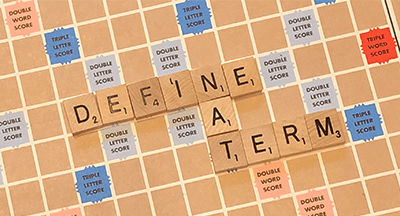
Educators often play a pivotal role in supporting students who are struggling.
Schools sometimes provide the only safe place a student can count on. But what happens when kids are alone, during off hours, grappling with a challenge that is way too big for them to handle on their own? For some districts, a new resource is proving helpful: a text message hotline for crisis response.
Why it’s a good option
Students are used to this medium of communication. Whether they’re struggling with bullying, abuse, mental health, or other challenges, the easier it is for them to reach out, the more likely they will actually do so. The moment a student can gather the courage to speak up could be the moment they change the trajectory of life for the better.When students ask for support, it gives adults in the district multiple opportunities to improve lives in their community. Not only do adults know which students need immediate assistance, but they can see the aggregate data showing how their entire school culture can be adjusted and improved to meet real needs.
School leaders can gauge which difficult topics students need information about. This is one of the toughest pieces of whole-child education: how to balance students’ needs to learn about tough topics with the possibility of causing more trauma. By studying the aggregated data, it’s possible to make data-informed decisions about how and when to introduce tough topics.
How to make it work
There are three important considerations for creating a safe place for students to report mental health challenges via text message.Confidentiality helps students feel comfortable opening up. Students are all too familiar with how sharing online can get out of hand. Ensure their deeply personal, often traumatic stories will not be accessible by anyone.
That said, another layer of complication occurs when schools step into this role. Most educators are mandatory reporters who are legally required to disclose instances of abuse and neglect of minors. This needs to be part of the conversation when exchanging text messages about sensitive topics.
In a study published in April of 2020, researchers had followed the conversations in technology-based crisis services to see how responders handled the disclosure notification and the impact it had on children seeking services. The study authors discovered most children understood the gravity of filing a report. Crisis responders were able to navigate the potentially sensitive topic while also offering support, sympathy, and affirmation.
Finally, the last puzzle piece for creating an effective text-based crisis response is staffing the service with trained, supportive, calm responders who know how to handle the myriad stories they may encounter at all hours of the day and night. This isn’t a position staff can be volunteered into, so much as it is a calling to meet students in their hours of need.
Why to keep it simple and neutral
The goal of this crisis response is to meet students’ needs, match them with the appropriate resources, and help them with their challenges. Students who contact a crisis response will fall on a continuum of emotional response, but all will have something in common: a great deal of personal courage and wherewithal required to ask someone for help.Keep the feel of the process calm, neutral, and responsive. Use standard SMS text messaging, rather than downloading another app, potentially alerting another person of their intent to seek help. Neutrality will help.
Text-based crisis services make a lot of sense and require a lot of thought and effort. This entire process helps students who have faced trauma stay on track with their peers. The payoff can change (and save) lives.
If you or someone you know is struggling with mental health, please use these resources to seek support. If you fear someone is in immediate danger, please call 911.
Follow-up resource: Who’s Responsible for Mental Health?
Let’s break down the chain of response for student mental health concerns. WHAT'S NEXT FOR YOUR EDTECH? The right combo of tools & support retains staff and serves students better. We'd love to help. Visit skyward.com/get-started to learn more.

|
Erin Werra Blogger, Researcher, and Edvocate |
Erin Werra is a content writer and strategist at Skyward’s Advancing K12 blog. Her writing about K12 edtech, data, security, social-emotional learning, and leadership has appeared in THE Journal, District Administration, eSchool News, and more. She enjoys puzzling over details to make K12 edtech info accessible for all. Outside of edtech, she’s waxing poetic about motherhood, personality traits, and self-growth.




